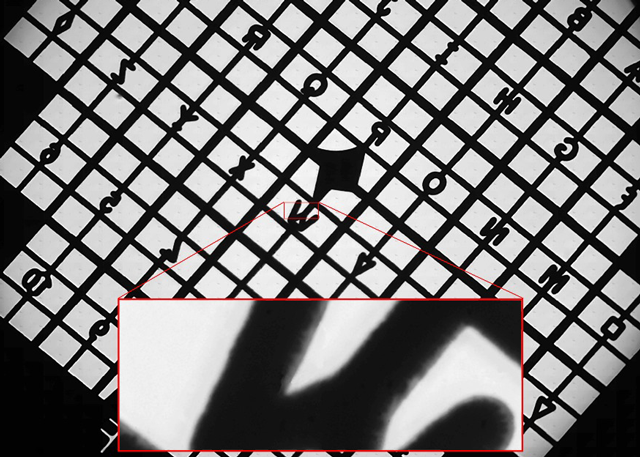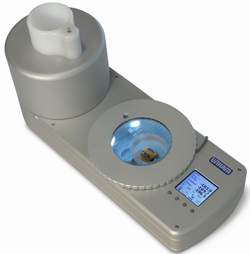Linkam launches the CMS196M for enhanced Cryo-correlative Microscopy with greatly improved work flow
Posted: 1 February 2017 | Linkam | No comments yet
Linkam Scientific Instruments, announce the launch of the CMS196M for enhanced Cryo Correlative Microscopy with greatly improved work flow…


Linkam CMS196M stage for cryo-correlative microscopy – LINK software showing full EM grid which enables complete sample mapping
Market leaders in temperature controlled microscopy and established manufacturers of advanced freeze drying microscopes, Linkam Scientific Instruments, announce the launch of the CMS196M for enhanced Cryo Correlative Microscopy with greatly improved work flow.
Linkam has been developing cryo stages for correlative microscopy for many years and continues to be at the forefront of cryo correlative microscopy with the latest update of their LINK software for the CMS196M, providing improved imaging capabilities and the new liquid nitrogen autofill system providing longer run times.


Linkam CMS196M stage for cryo-correlative microscopy – LINK software showing full EM grid which enables complete sample mapping
Cryo-correlative microscopy has become an established technique in recent years. It brings together the strengths of both electron and light (fluorescence) microscopy. Electron microscopy (EM) provides structural information at very high resolution. However, it can give only restricted insight into biological and chemical processes due to limitations in staining and sample preparation processes. On the other hand, fluorescence microscopy is an extremely sensitive technique to detect biological, chemical and genetic processes as well as events inside living cells.
Cryo-CLEM brings it all together: combining the individual advantages from both fluorescence and EM by imaging the same sample location with both techniques and superimposing the complementary information.


For high-resolution copies of these images, either right click to download or contact Jezz Leckenby at Talking Science Limited.
For biological samples to be compatible with the vacuum conditions found in EM and preserve the structural detail, samples are embedded in vitrified “glass like” ice and need to be kept below -140 °C. Any contact with moisture contained in the air has to be avoided since ice crystals would form immediately and contaminate the sample. Under cryo-conditions, the fluorescence signals providing structural detail is preserved and photo bleaching is significantly reduced.
LINK software for the CMS196 provides complete control and monitoring of the system as well as fully-automated tiled image capture. The integrated, encoded, high resolution motorised XY stage gives the ability to capture an image of the entire EM grid at full resolution. Shown below, the system produces a single image of the EM grid that can then be used to navigate the sample and save co-ordinates of areas of interest making it easy to image the same area when the sample is transferred to the EM. In addition, LINK can now be supplied with an extremely cost effective, high sensitivity monochrome camera ideal for low light fluorescence imaging.
To learn more about Linkam and their approach to the development of temperature stages to address multiple applications challenges, please visit www.linkam.co.uk.




